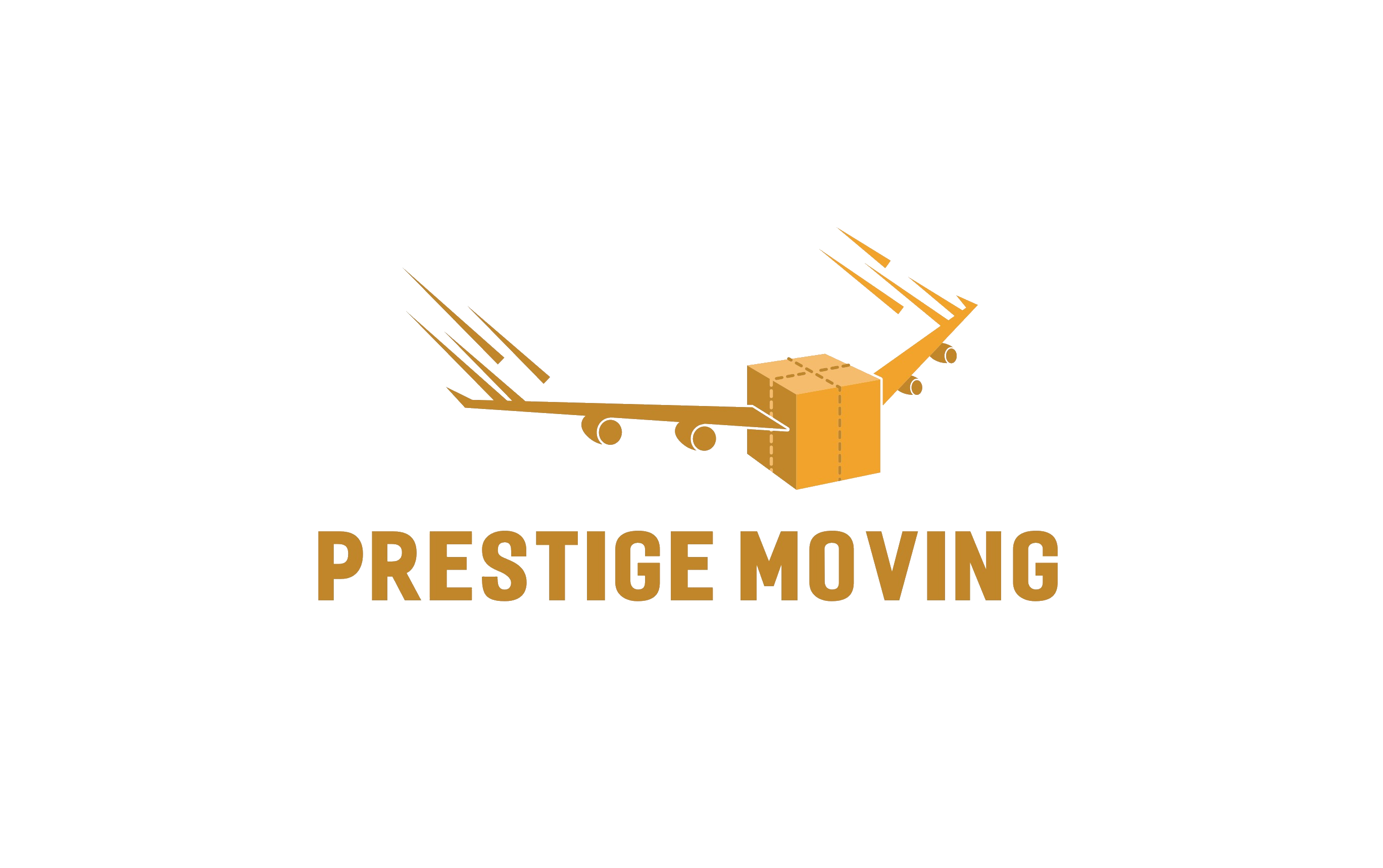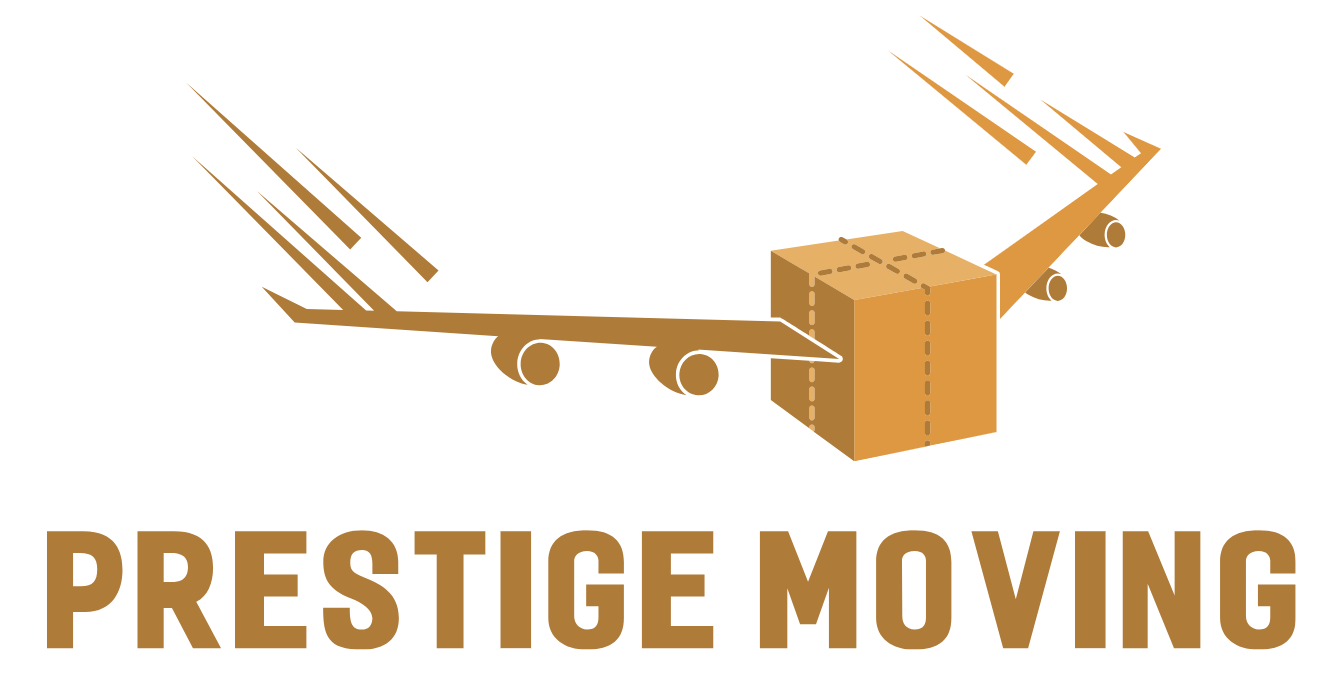Luxury-Grade Relocation Services Tailored for Westmount Estates
Westmount’s historic stone mansions, architect-designed interiors, and museum-quality collections demand a moving partner that understands both the neighborhood’s logistics and the exacting standards of collectors, designers, and estate managers. This guide sets out a meticulous, white-glove methodology for transporting fine art, antiques, heirloom furniture, and specialty pieces with uncompromising care—from pre-move audits and custom crating to climate-aware handling, elevator and dock scheduling, and discrete, insurance-backed transit.
White-Glove Methodology: What “No-Compromise” Looks Like
Fine Art & Antiques Are Not “Boxes”—They’re Assets
Westmount relocations often include original canvases, sculptures, period cabinetry, and delicate veneers. A white-glove protocol treats each item as an asset with a provenance trail and a custody chain. That means multi-layer condition reporting, stabilization strategy, shock and tilt monitoring, and a verifiable handoff at destination.
Six-Stage Process for Zero-Defect Moves
- Conservation-First Survey: On-site assessment of substrates, frame joinery, marquetry, gilding, glass, and stone. UV/IR sensitivities and humidity baselines are recorded to define a handling envelope.
- Packing Engineering: Material selection (archival papers, Tyvek®, museum-grade foams, vapor barriers) and crate design follow the object’s failure modes—not a generic template.
- Building & Street Logistics: Westmount’s mature tree canopies, grade changes, and narrow drives require smaller shuttle vehicles, curbside staging, and precise loading dock bookings.
- Insurance & COI: Certificates of Insurance naming building ownership/management, plus declared value coverage for high-value shipments.
- Climate & Vibration Controls: Truck cargo holds are climate-stabilized; crated items may use desiccants and data loggers. High-risk routes are avoided during freeze/thaw or heat dome periods.
- White-Glove Placement & Reassembly: Final room placement with layout verification, protective floor runners, conservation-safe fasteners, and debris removal.
Resource for preservation-minded packing guidance: the Canadian Conservation Institute provides best-practice primers on caring for cultural objects and collections (see Canada.ca/CCI). This helps align move plans with conservation standards and owner expectations. External link: Canadian Conservation Institute
Custom Crating for Westmount Collections
Why Custom Crates Pay for Themselves
A crate is a micro-environment engineered for predictable shock, puncture, and compression. For canvases and framed works, double-boxing with floating panels prevents corner crush; for gilded mirrors, rigid face protection and anti-abrasion membranes stop micro-scratching and gild flake loss.
Crating Options Matched to Object Risk
- Shadow-Box Frames & Glazed Art: Corner caps, rigid face guards, and float-mounting within foam-lined crates.
- Sculpture & Stone: Shock-isolating plinths with blocking and bracing; moisture-controlled cavities for marble and alabaster.
- Period Furniture: Drawer immobilization, leg bracing, veneer face protection, and humidity buffering to prevent checking and veneer lift.
- Grandfather Clocks & Mechanicals: Movement lock-down, pendulum/weights removed and crated separately, and vibration-aware tie-downs.
Climate, Humidity & Handling—Conservation Essentials
The 3 Variables That Damage Collections
- Relative Humidity (RH): Veneer and inlay respond to moisture swings; aim for stable RH to avoid checking, warping, or glue failure.
- Temperature: Heat accelerates chemical breakdown; cold shock can crack finishes.
- Light/UV: Transport coverings should shield from UV; minimize sun exposure during load/unload.
Data-Logging & Documentation
For high-value consignments, loggers capture temperature and humidity history end-to-end. These reports reduce disputes and support insurance documentation if an incident occurs.

Access Planning for Westmount: Driveways, Docks & Delicate Interiors
Streets & Approach
Westmount drives and laneways can be tight. Shuttle vehicles and load-balancing across multiple trips protect tree canopies and avoid blockages. Surface protection (ramps, runners, neoprene corner guards) keeps historic entries pristine.
Elevators & Freight Docks
In multi-residential moves, COIs and freight reservations are non-negotiable. Confirm elevator cab dimensions, weight allowances, and protective padding so crated items clear with ample margin.
Permits & Temporary Occupancy
For cross-city or interprovincial moves that cross customs or involve regulated cultural property, confirm that valuation paperwork, provenance records, and export controls are compliant. See federal guidance under the Cultural Property Export and Import Act (Canadian Heritage). External link: Cultural Property Export & Import (Canadian Heritage)
Specialty Items: Pianos, Mirrors, Chandeliers & Oversized Glass
Pianos & Harpsichords
String tension, pin blocks, and soundboard integrity demand careful climate control and immobilization. If you’re planning a piano relocation as part of your Westmount move, review a piano-specific protocol and insured handling options. For reference on piano expertise within the network, see Ottawa-area piano specialists as a technique benchmark: Expert Piano Movers in Ottawa (internal reference to demonstrate specialized process consistency).
Crystal & Chandeliers
Label and map every armature; remove crystals into felt-lined trays; crate the canopy separately; use anti-static wraps and desiccant packs.
Mirrors & Oversized Glass
Use rigid face protection, corner splints, and “glass only” vertical transport racks. Never lay flat; micro-vibrations can cause flex and fracture.
Risk Management: Insurance, COIs & Proof of Care
Coverage That Matches the Asset
For fine art and antiques, standard carrier liability is inadequate. Secure declared-value or specialized fine art coverage; require COIs listing strata/corporate ownership to access freight docks without delays.
Proof of Care
Photo/Video condition logs at origin and destination, crate build sheets, and handling logs create a verifiable chain of custody that satisfies insurers, trustees, and galleries.
Project Management: Timelines, Budgets & Milestones
Gantt-Style Scheduling
- T-21 to T-14 Days: Conservation survey, crate engineering, and material ordering.
- T-10 to T-7: Freight elevator/dock bookings, permit confirmations, insurance certificates.
- T-5 to T-3: Packing, crating, and staging.
- T-2 to T-0: Load-out in climate-controlled windows; destination prep (ramps, runners, wall protection).
- T+0 to T+2: White-glove placement, reassembly, hanging, and final verification.
Budget Transparency
Line-item the high-value tasks: crate builds, climate-hold vehicles, specialty rigging, and post-move hanging/placement. If you want a quick cost comparison for similar premium service tiers, review regional pricing frameworks and service inclusions to benchmark value and staffing.
Regional Expertise: Neighborhood Logistics Around Westmount
Downtown Montreal Docks
When collection moves route through central docks and high-rises, load windows and security tend to be stricter. Learn more about downtown freight dynamics: Downtown Montreal Movers – Freight & Dock Access (internal link).
Old Montreal, Heritage Blocks & Cobblestone
Vibration mitigation and tighter turning radiuses matter. For dock scheduling and conservation-safe staging in heritage corridors, see: Old Montreal & Old Port Moving Company (internal link).
Outremont Estates & Architect-Designed Homes
Estate-scale moves often include libraries, wine collections, and modern art installations. Read more: Outremont Moving Company – Heritage Homes (internal link).
Côte-des-Neiges–NDG
High-rise logistics, elevator reservations, and underground dock approaches come into play: Côte-des-Neiges–NDG Movers (internal link).
Packing Science: Materials That Protect Value
Archival-Grade Inputs
- Wraps: Tyvek®/poly spun-bond for breathable, non-abrasive protection.
- Pads: Quilted, lint-free, and clean-room rated for finishes.
- Foams: Cross-linked polyethylene (XLPE) for shock; Ethafoam® planks for blocking/bracing.
- Barriers: Corrosion inhibitors for metals; vapor barriers for moisture-sensitive woods.
- Fasteners: Conservation-safe tapes and non-off-gassing adhesives to avoid finish burns.
Load Sequencing & Vehicle Setup
- Heaviest Low & Centered: Stabilizes the vehicle and reduces sway.
- No Void Space: Fillers to eliminate internal crate movement.
- Strap Strategy: Soft loops and cam straps, never ratchet over delicate faces.
- Climate Set-Point: Pre-condition cargo hold before loading; keep doors open only as long as needed.
Move-Day Playbook: Protecting Interiors
- Floor & Wall Protection: Ram board, neoprene corner guards, stair runners, and elevator blankets.
- Dry-Run Walkthrough: Clearances for angles and landings; remove hardware that could snag.
- Quiet Hours & Neighbors: Westmount’s residential character favors daylight moves with low-impact staging.
- Contingency Plan: Secondary truck or shuttle van on call for unexpected access constraints.
Installation & Placement: The Final Ten Percent
Level, Light, and Load Paths
When reinstalling art, sight lines and sunlight exposure matter. Use conservation-grade hangers, French cleats for heavier pieces, and avoid HVAC blasts or direct sunlight. Verify floor bearing for heavy case goods and stone.
Post-Move Review
Walk through with the owner/designer; reconcile inventory, review condition photos, and capture punch-list items such as wall touch-ups or additional hanging hardware.
When Your Westmount Move Includes Offices or Galleries
Corporate collections and gallery consignments often layer on security protocols, alarm bypass coordination, and back-of-house staging. That’s where detailed COIs, signed chain-of-custody forms, and dock time discipline protect schedules (and reputations).
Long-Distance or Cross-Border With Cultural Property
If a Westmount estate downsizing sends art out of province—or out of Canada—plan for valuation letters, provenance documentation, and potential export controls for cultural property. Federal guidance clarifies what requires permits and how to comply under Canadian law. Reference: Cultural Property Export and Import (Canadian Heritage). External link repeated for convenience
Get White-Glove Support for Your Westmount Move
Ready to design a conservation-grade plan for your collection? Connect with the team to schedule a private survey, request COIs, or book crate engineering.
Speak with a coordinator here: Contact Prestige Moving (internal link—placed by request at the end).
Related Reading & Regional Expertise
For adjacent Montreal corridors and logistical insights, explore:
- Downtown Montreal Movers – Freight & Dock Access (internal)
- Old Montreal & Old Port Moving Company (internal)
- Outremont Moving Company – Heritage Homes (internal)
- Côte-des-Neiges–NDG Movers (internal)
Conservation resources for object care and packing science:
• Canadian Conservation Institute—object care, environment, and handling guides.
FAQs: Westmount Fine Art, Antiques & White-Glove Packing
How far in advance should a Westmount white-glove move be booked?
Two to three weeks allows for surveys, crate builds, dock reservations, and insurance certificates. Larger collections may require 30+ days to fabricate specialty crates and coordinate rigging.
Are high-value items covered under standard mover liability?
No. Secure declared-value or fine-art coverage. Request COIs naming your building or strata so dock access isn’t denied on move day.
Do paintings and gilded mirrors need custom crates?
Yes. A rigid, foam-lined crate with face protection and float-mounting prevents corner crush, abrasion, and vibration-induced damage.
What climate measures protect antiques in winter or heat waves?
Climate-stabilized trucks, desiccants inside crates, and limited door-open times reduce sudden RH/temperature swings that cause veneer checking and finish failure.
Can piano moves be combined with fine art and antiques on the same truck?
Yes—if immobilization, padding, and climate profiles are managed correctly. Consider separate crating or dedicated holds for ultra-delicate works.

